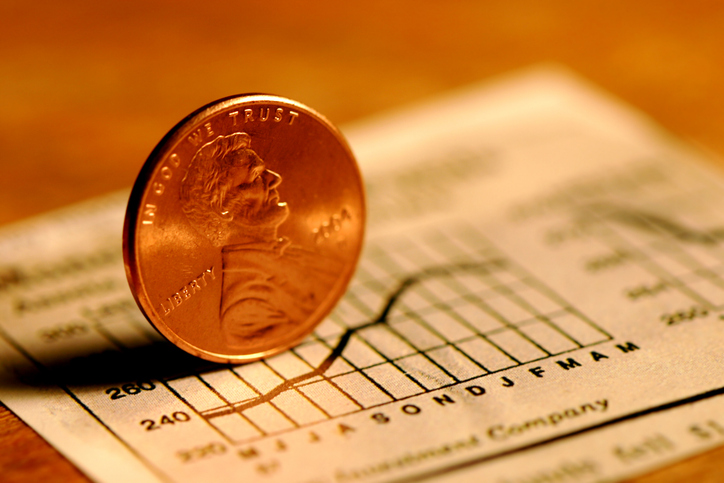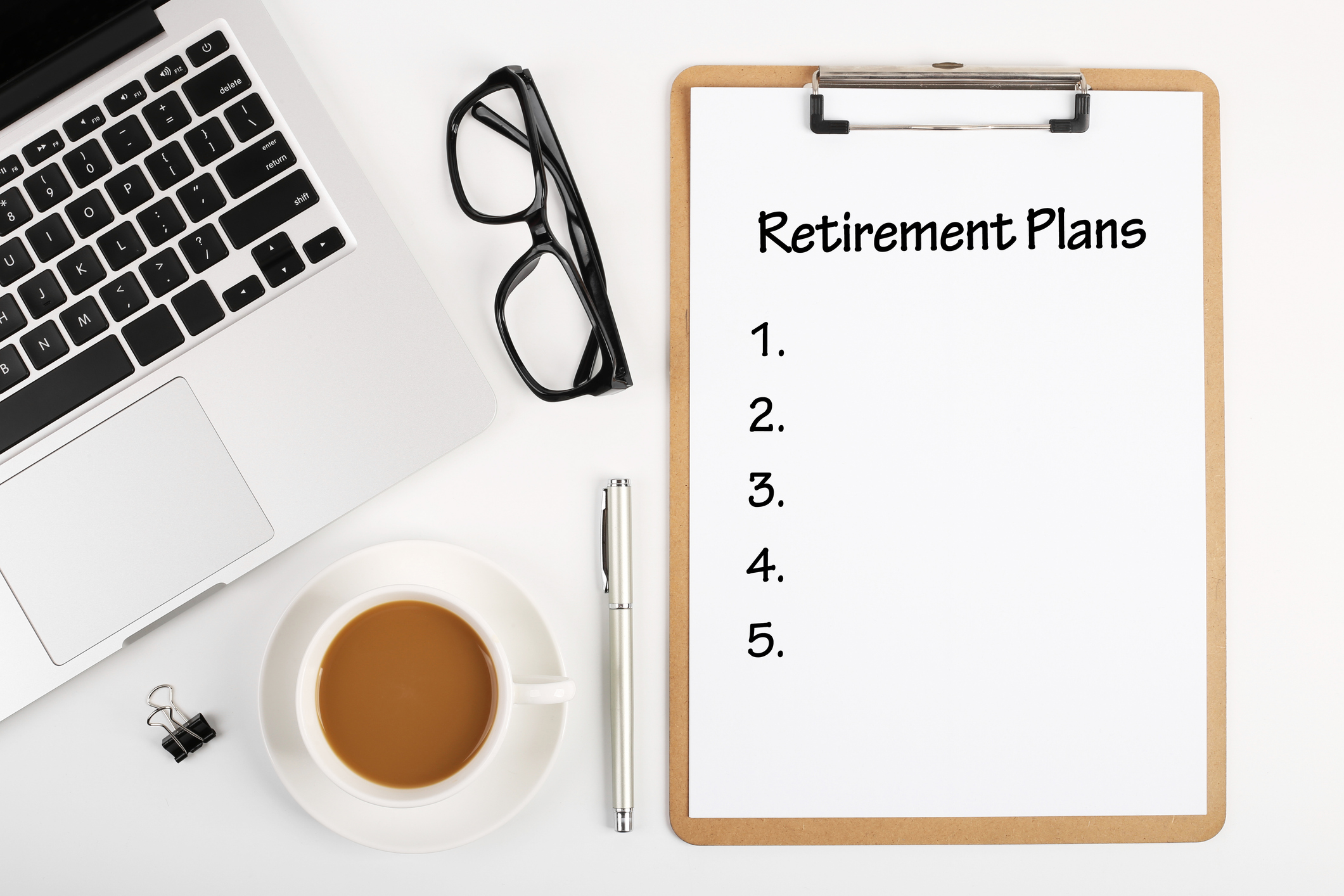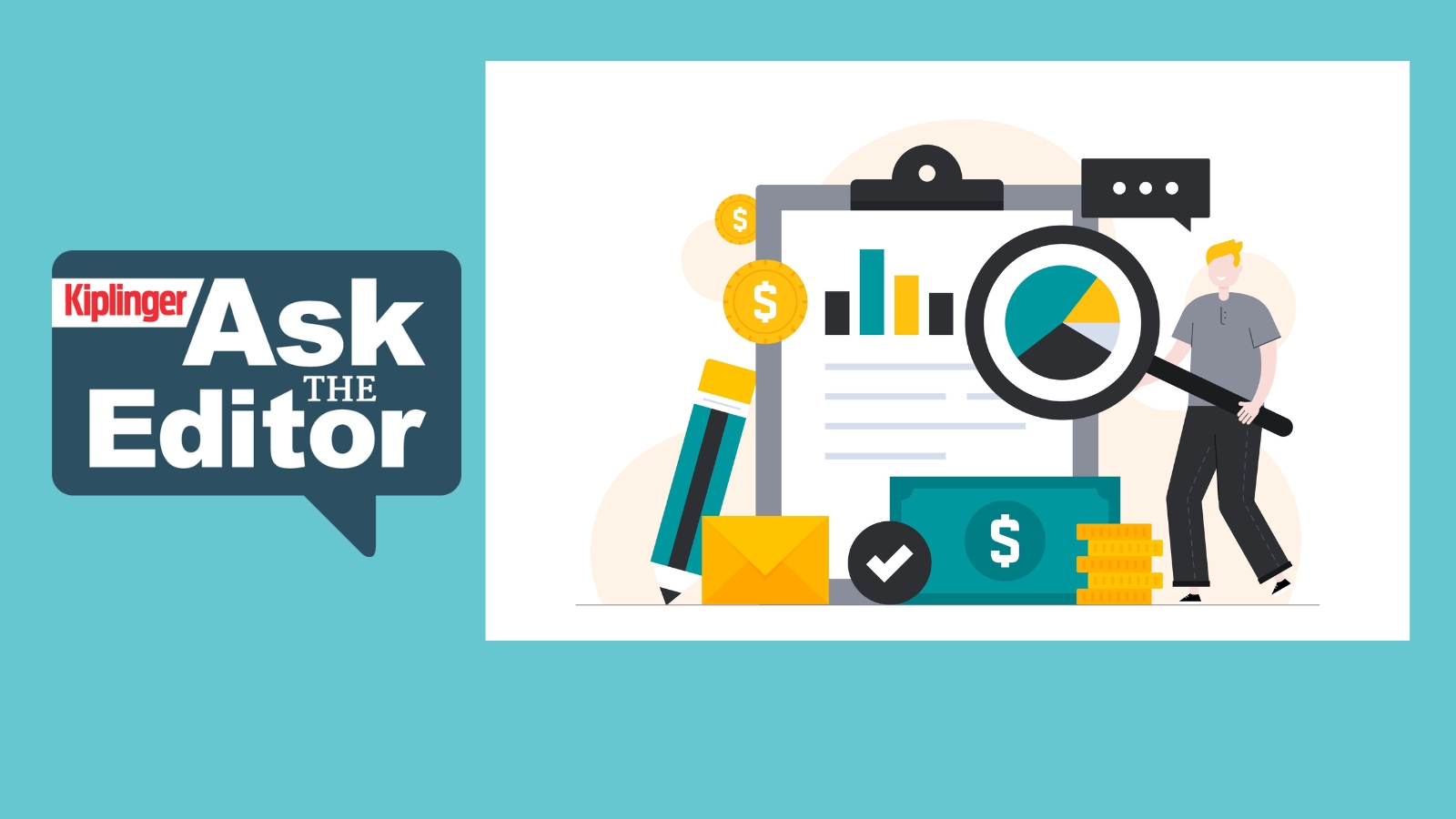A Hidden Benefit of the Coronavirus Stimulus Bill: You Can Wait to Take Your RMD
Legislation is expected to waive required minimum distributions from retirement savings accounts for 2020.
The coronavirus stimulus package, known as the CARES Act, working its way through Congress is expected to waive required minimum distributions (RMDs) from retirement savings accounts for 2020, granting a reprieve for retirees age 70½ and older who might otherwise be required to sell low and take distributions just when the stock market has nosedived in recent weeks.
The bill also allows people younger than 59½ to take an early distribution, up to $100,000, from a traditional IRA to pay for a coronavirus-related hardship, such as a job loss. The early distribution is penalty-free, though not necessarily tax-free. The tax bill can be avoided if the money is returned to the IRA in three years; if not, the taxes can be spread out over three years beginning in 2020. Distributions are taxed as ordinary income.
With the RMD waiver, retirees who can afford to skip their 2020 distribution can now leave that money an extra year in an individual retirement account or a defined contribution employer’s savings plan, such as a 401(k) or 403(b), to recover without penalty. “That’s a huge relief for people who would otherwise be taxed on a value that has vanished,” says Ed Slott, founder of IRAhelp.com.
From just $107.88 $24.99 for Kiplinger Personal Finance
Become a smarter, better informed investor. Subscribe from just $107.88 $24.99, plus get up to 4 Special Issues

Sign up for Kiplinger’s Free Newsletters
Profit and prosper with the best of expert advice on investing, taxes, retirement, personal finance and more - straight to your e-mail.
Profit and prosper with the best of expert advice - straight to your e-mail.
RMD amounts are calculated based on the recipient’s life expectancy and the value of retirement account balances at the end of the previous year. That means an RMD taken in 2020 would be based on account values on Dec. 31, 2019, when the Dow Jones Industrial Average was nearly 30% higher than in mid-March 2020. On top of those losses, the RMD adds another in the form of a higher income tax bill, often a sore point for retirees with pensions or other sources of income because of the potential for distributions to push taxpayers into a higher bracket.
Instead, the waiver gives those retirees more breathing room with the IRS at no cost. In any other year, skipping an RMD would come with a stiff 50% tax penalty on the amount that should have been withdrawn.
Distributions from inherited IRAs are also included in the waiver and do not need to be taken in 2020.
And what about individuals who just missed the new higher-age cutoff for taking RMDs thanks to the SECURE Act of 2019? “This buys them one more year,” says Ray E. LeVitre, founder of Net Worth Advisory Group. The SECURE Act raised the age that individuals must begin taking distributions, from 70½ to 72. But anyone who turned 70½ in 2019 still had to abide by the older rule and had until April 1, 2020, to take the first distribution.
Usually, financial planners discourage their clients from delaying the first distribution to the next calendar year to avoid having two RMDs taken in the same year rather than spreading them out over two. This time, procrastinators may have had the last laugh. “The ones who benefited the most are the people who didn’t listen to us,” says Slott. In that instance, the 2019 and 2020 distributions are both waived. But if you already took your 2019 distribution last year, you’re out of luck; the distribution cannot be undone.
A 2020 distribution taken within the last 60 days, however, can still be put back into an IRA in what is called an indirect rollover, provided you haven’t made any other indirect rollovers in the past year. If you have taken more than one distribution in the past 60 days, those additional distributions could be put into a Roth IRA, using a strategy called an indirect Roth conversion. Although you won’t avoid the tax on those distributions, you’ll have the benefit of letting that money grow in a tax-free Roth account, says Brian Vnak, vice president of advisory services for Wealth Enhancement Group.
For distributions taken more than 60 days ago in 2020, a new strategy exists. Under the CARES Act, those distributions could potentially be repaid into the IRA over the next three years if you can show that the money was withdrawn to cover a coronavirus-related hardship.
The RMD waiver won’t offer much relief for the vast majority of retirees who need the distribution to survive. In fact, most retirees withdraw more than the required amount each year, and the U.S. Treasury Department estimates that only 20.5% of RMDs in 2021 will be for the minimum amount.
For individuals who need the money now, whether it’s an early distribution permitted under the stimulus package or an RMD, financial planners recommend tapping any cash in the account first, before bonds, and leaving stocks as a last resort. Otherwise, they have the double whammy of locking in their losses and paying taxes on the distribution, says LeVitre.
Profit and prosper with the best of Kiplinger's advice on investing, taxes, retirement, personal finance and much more. Delivered daily. Enter your email in the box and click Sign Me Up.
Siskos is an old hat with the Kiplinger brand. More than a decade ago, she spent eight years writing about personal finance for Kiplinger's Personal Finance magazine, including a monthly column—Starting Out—that served young adults. That was in her salad days. Now she's turned her attention to an audience she hopes to join in a decade or so: retirees. Siskos is the managing editor for Kiplinger's Retirement Report. In between, she broadened her personal-finance repertoire with real estate and investing stories at Old-House Journal, Investing Daily and U.S. News. She comes to Kiplinger by way of the Newseum, where she worked as an exhibit editor.
-
 AI Appliances Aren’t Exciting Buyers…Yet
AI Appliances Aren’t Exciting Buyers…YetThe Kiplinger Letter Artificial intelligence is being embedded into all sorts of appliances. Now sellers need to get customers to care about AI-powered laundry.
-
 Ask the Editor: IRAs, 401(k)s and RMDs
Ask the Editor: IRAs, 401(k)s and RMDsAsk the Editor In this week's Ask the Editor Q&A, Joy Taylor answers questions on IRAs, 401(k)s and required minimum distributions
-
 Got $100 to Gamble? These Penny Stocks Could Be Worth the Ride
Got $100 to Gamble? These Penny Stocks Could Be Worth the RideVolatile penny stocks are high-risk plays with potentially high rewards. If you have $100 you can afford to lose, these three names are worth a look.
-
 The 'Scrooge' Strategy: How to Turn Your Old Junk Into a Tax Deduction
The 'Scrooge' Strategy: How to Turn Your Old Junk Into a Tax DeductionTax Deductions We break down the IRS rules for non-cash charitable contributions. Plus, here's a handy checklist before you donate to charity this year.
-
 New 2026 Tax Change Could Mean More for Your IRA and 401(k) Savings
New 2026 Tax Change Could Mean More for Your IRA and 401(k) SavingsRetirement Savings Here's how the new IRS inflation adjustments will increase the contribution limits for your 401(k) and IRA in the new year.
-
 10 Retirement Tax Plan Moves to Make Before December 31
10 Retirement Tax Plan Moves to Make Before December 31Retirement Taxes Proactively reviewing your health coverage, RMDs and IRAs can lower retirement taxes in 2025 and 2026. Here’s how.
-
 Claiming the Standard Deduction? Here Are Five Tax Breaks for Retirement in 2025
Claiming the Standard Deduction? Here Are Five Tax Breaks for Retirement in 2025Tax Tips If you’re retired and filing taxes, these five tax credits and deductions could provide thousands in relief (if you qualify).
-
 IRS Names Its First CEO: But He’s Also Still Running Social Security
IRS Names Its First CEO: But He’s Also Still Running Social SecurityTax News Will this new role make it difficult to address emerging issues like budget and staffing cuts and customer service concerns?
-
 IRS Phasing Out Paper Checks: What Happens After September 30?
IRS Phasing Out Paper Checks: What Happens After September 30?Tax Changes Avoid delays when IRS tax refunds and Social Security paper checks are cut off. Here’s what to know.
-
 Ask the Editor, September 12: Tax Questions on 529 Plan Rollovers to a Roth IRA
Ask the Editor, September 12: Tax Questions on 529 Plan Rollovers to a Roth IRAAsk the Editor In this week's Ask the Editor Q&A, we answer four questions from readers on transferring 529 plan money to a Roth IRA.
-
 Ask the Editor, August 29: Tax Questions on Estate and Gift Taxes
Ask the Editor, August 29: Tax Questions on Estate and Gift TaxesAsk the Editor In this week's Ask the Editor Q&A, we answer questions from readers on estate and gift taxes.